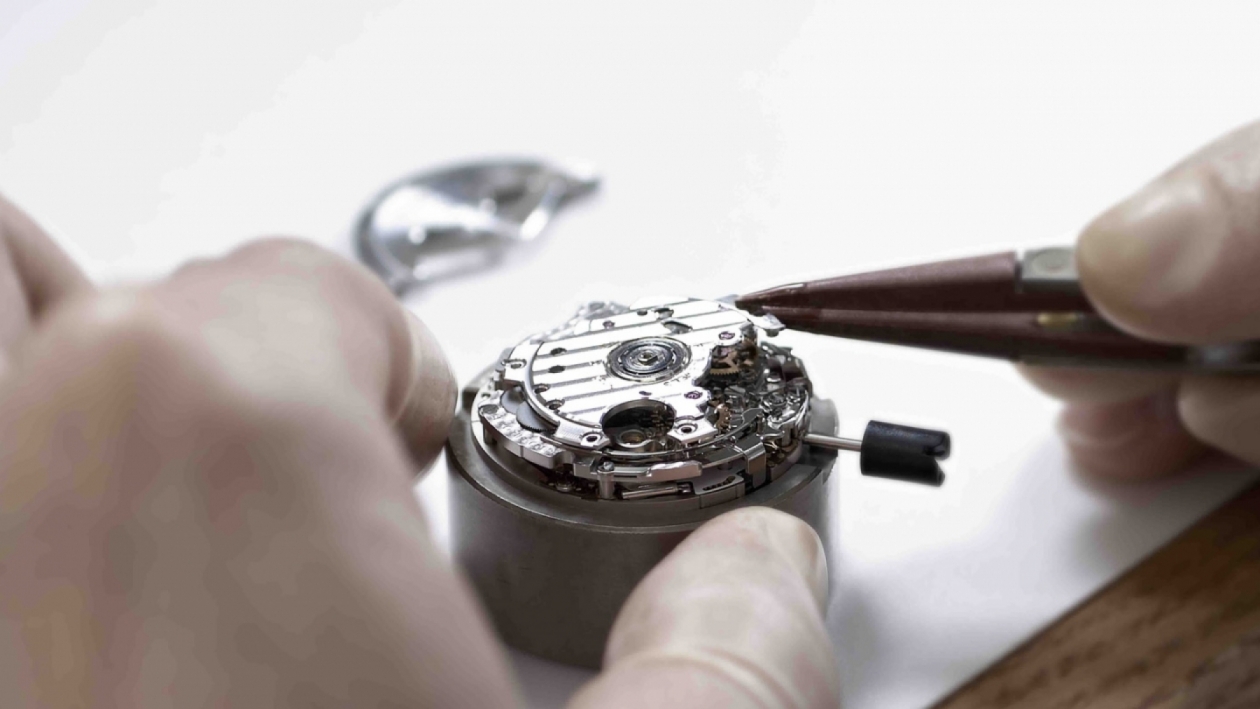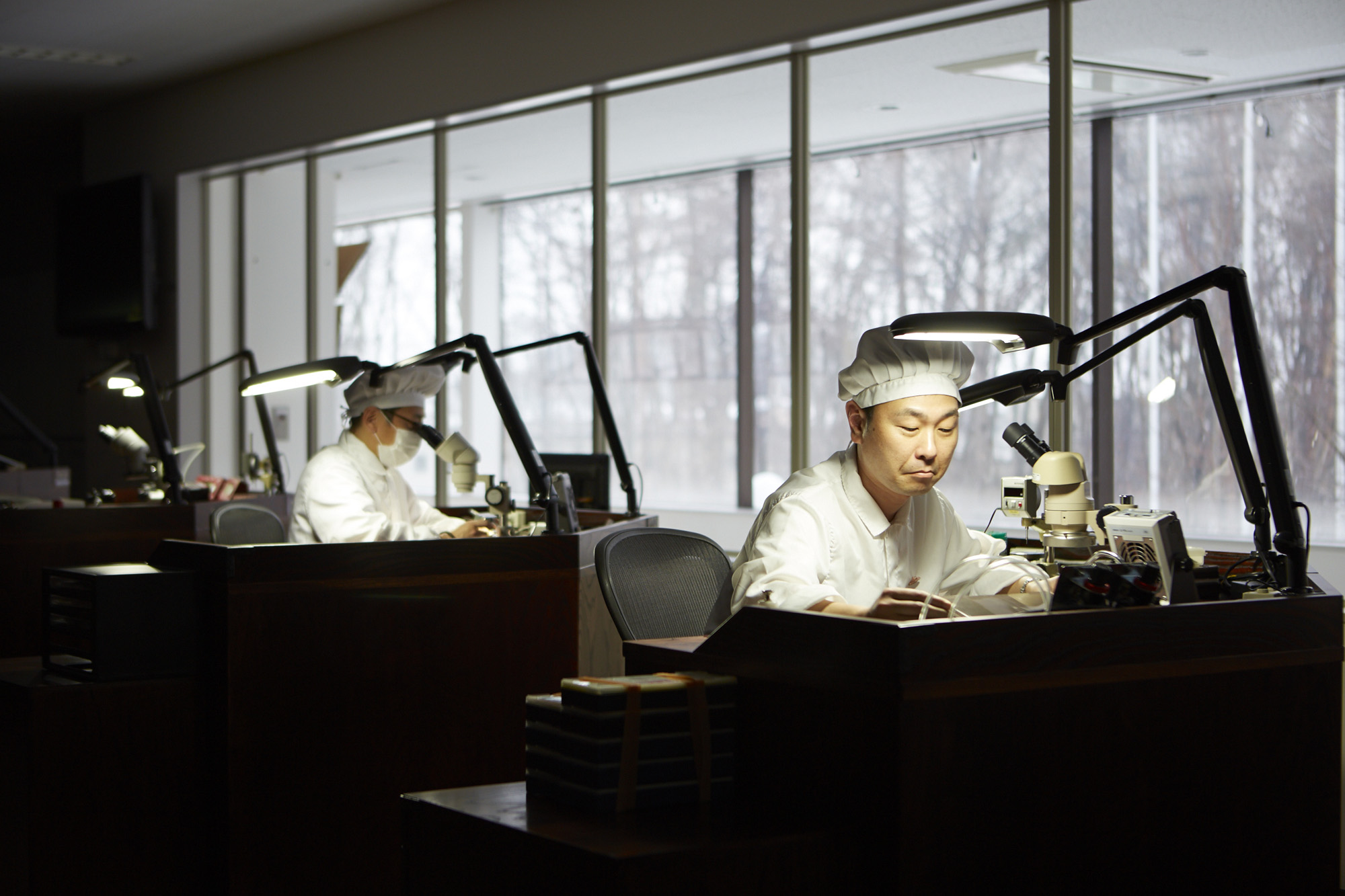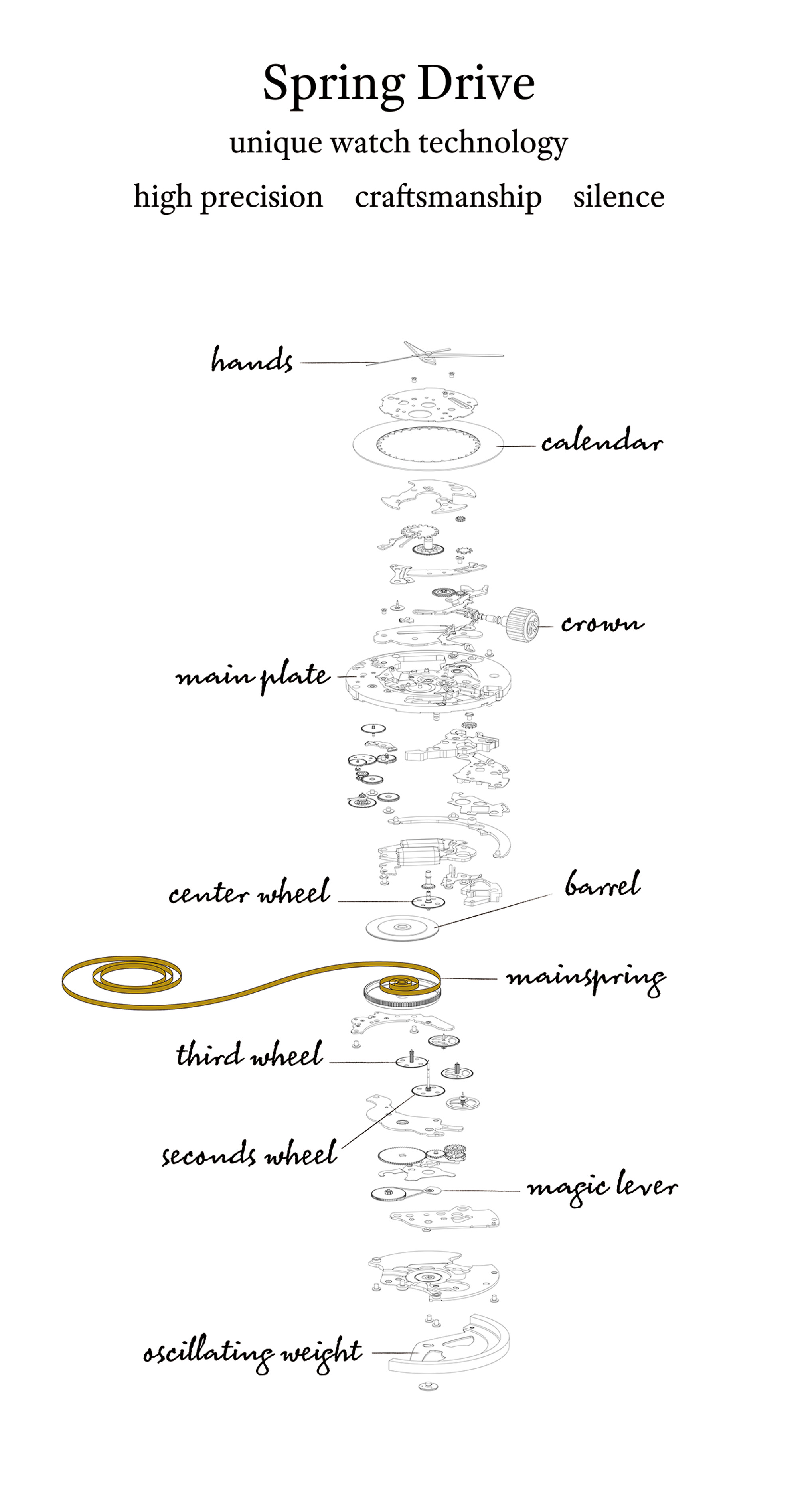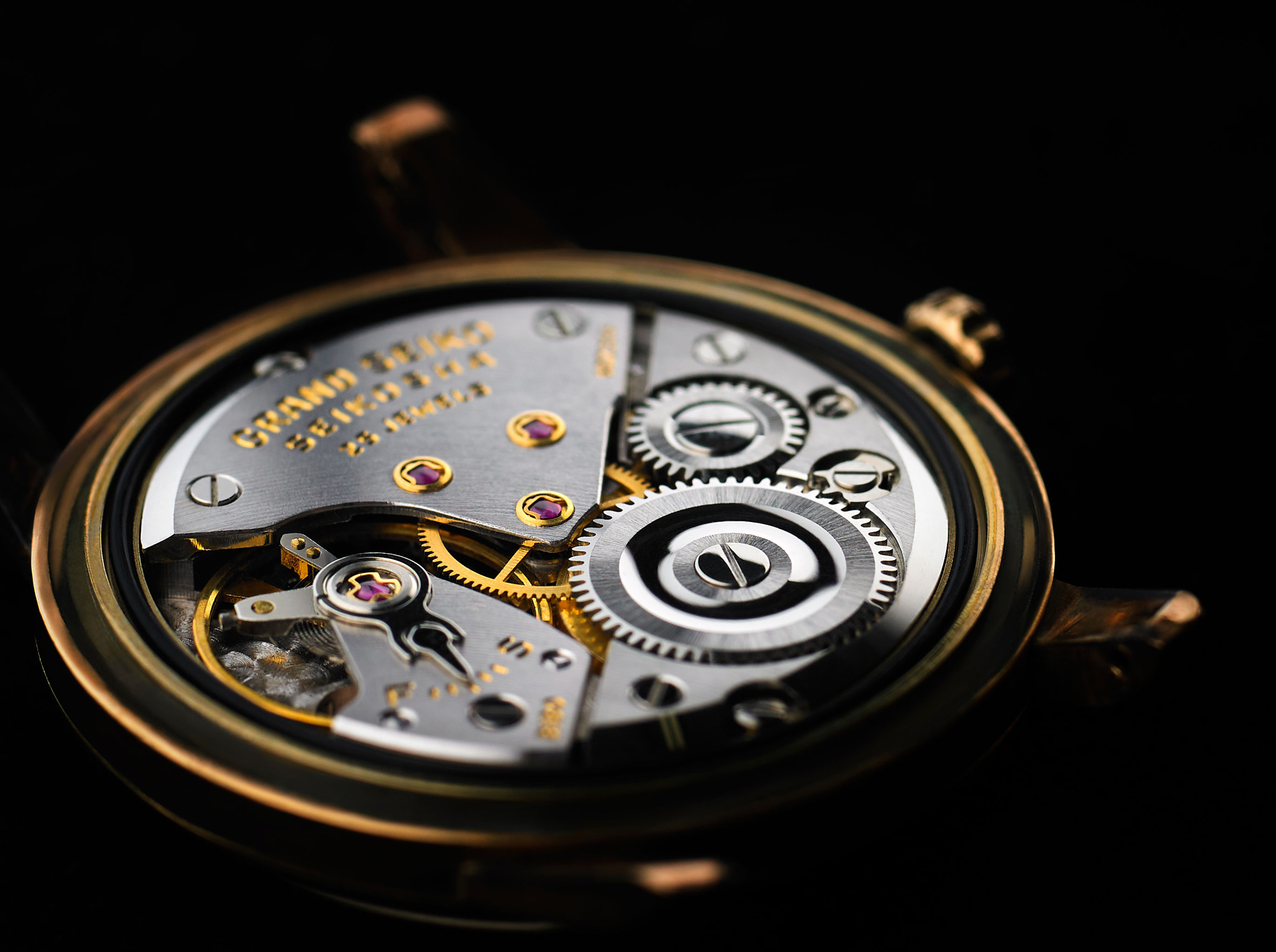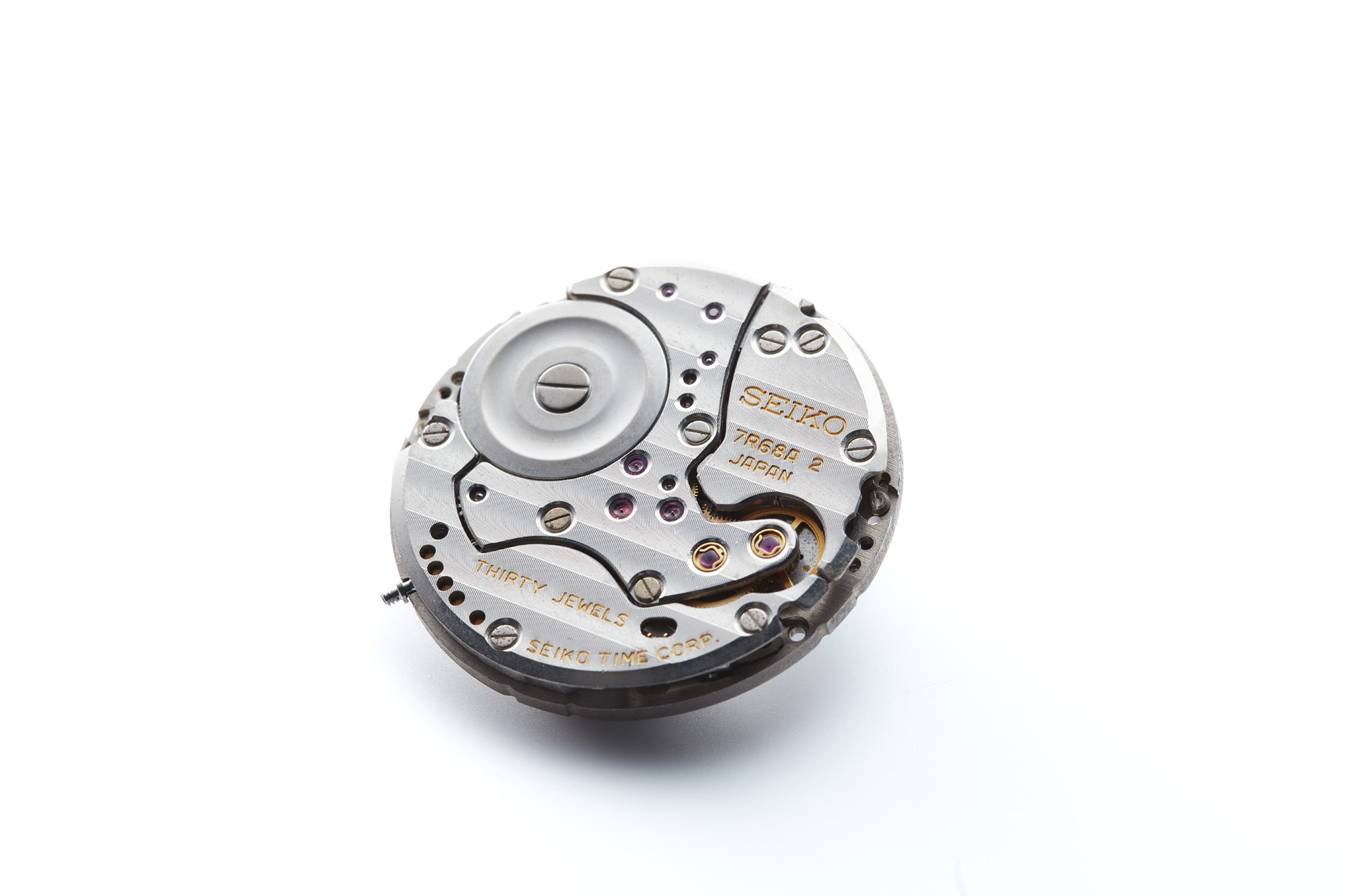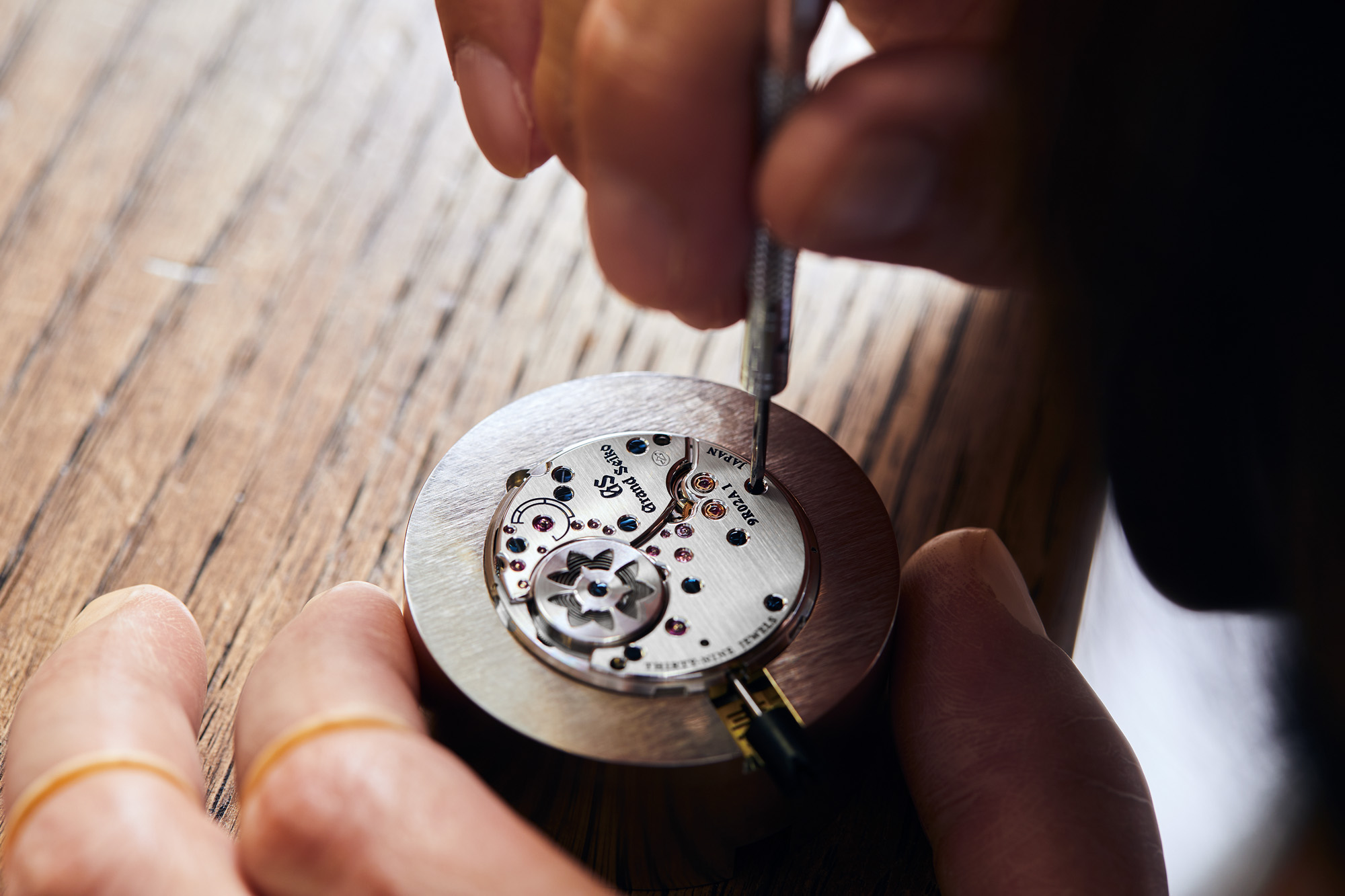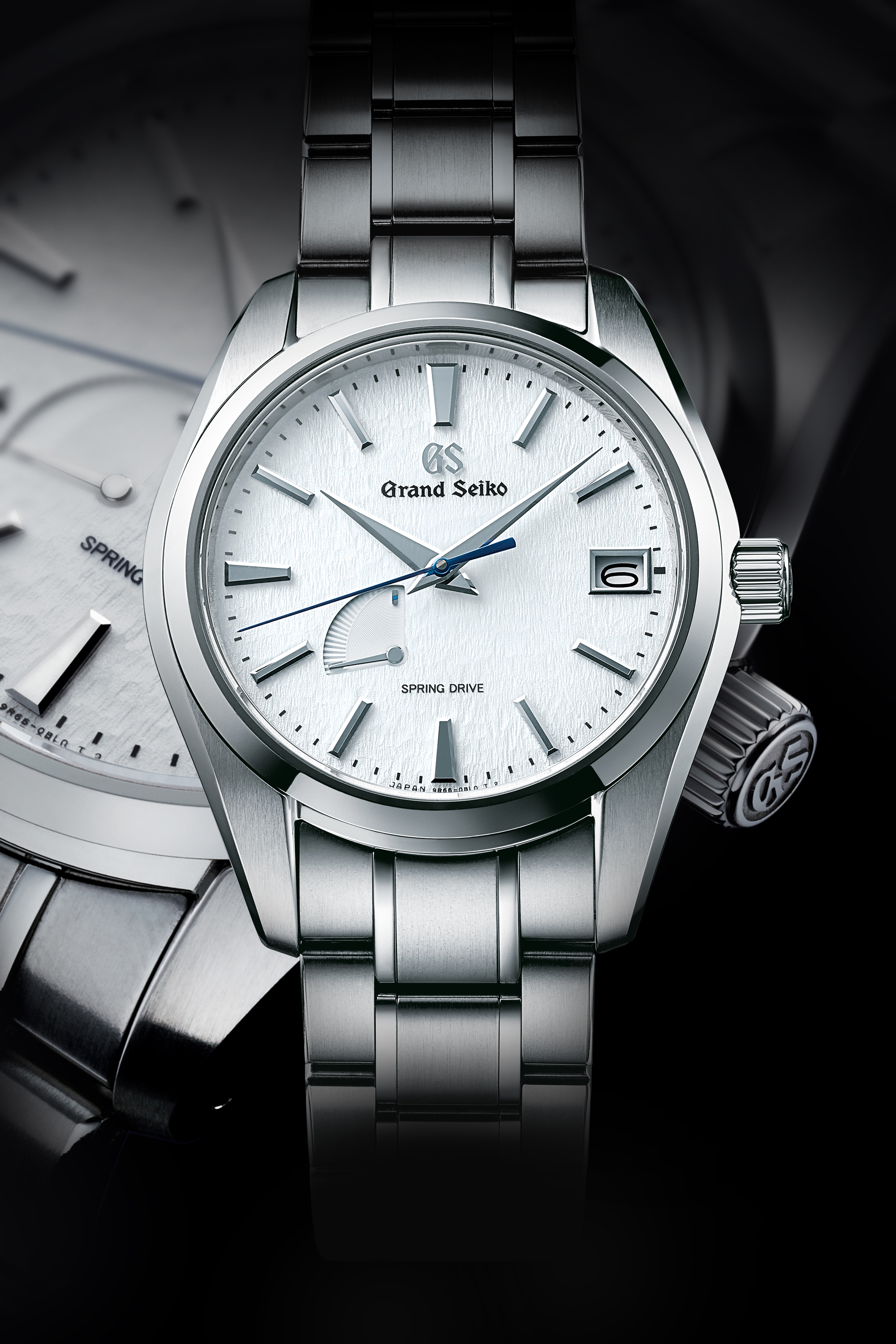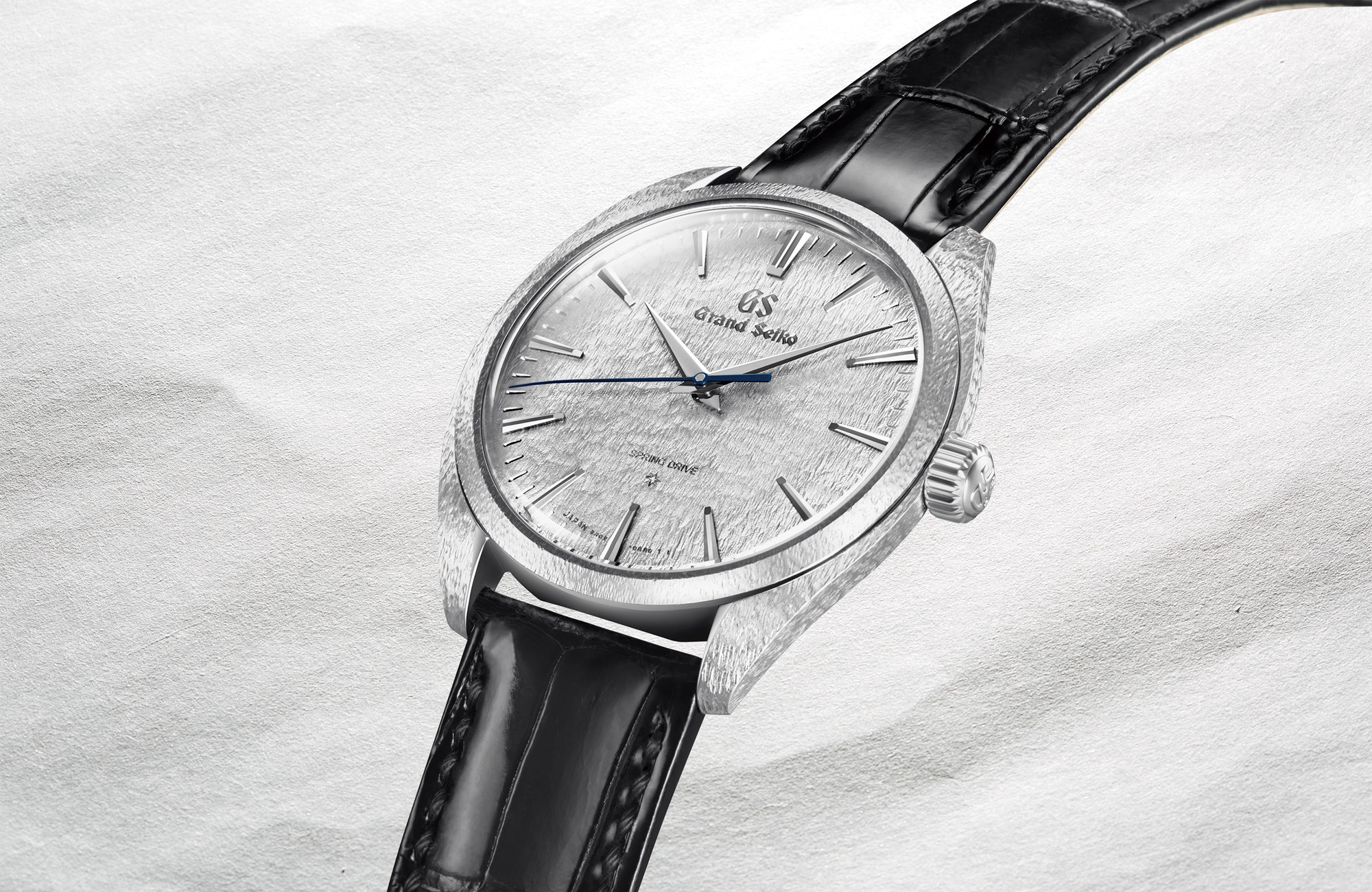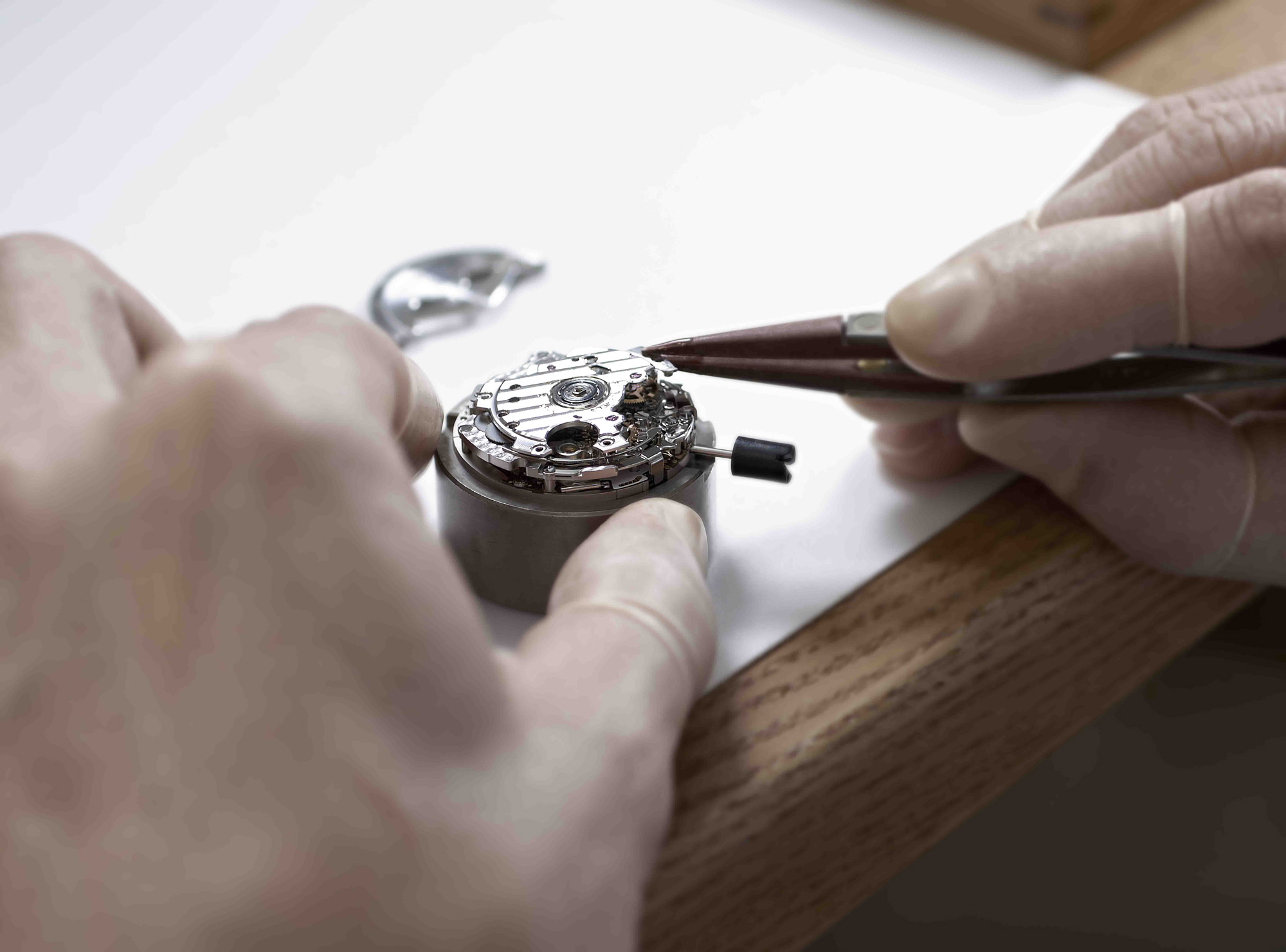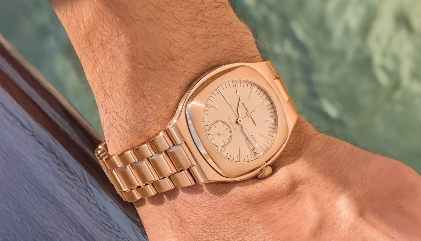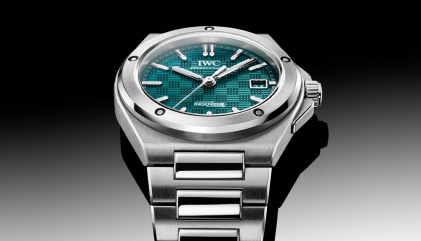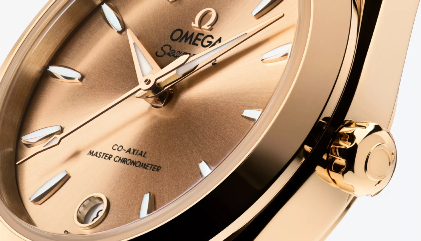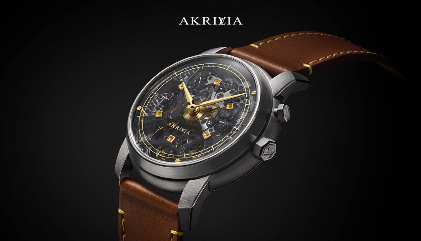In 1977, a young watch engineer decided to put to the test his belief that perhaps, after all, a watch manufacturer could realise the elusive dream of the ‘everlasting’ watch.He had the vision and the courage to conceive of a traditional watch, powered by a mainspring, that would deliver the one-second-a-day accuracy that electronic watches were then already able to deliver. This brilliant engineer, Yoshikazu Akahane, was a persistent and determined man. It took him over twenty years, during which he endured countless setbacks and created over 600 prototypes, but he and his team eventually succeeded. It required new technologies in every aspect of the watchmaker’s art, and they created them, one by one, year by year. In 1999, Spring Drive was born.
Do the planets shudder or ‘tick’ noisily as they cross the heavens? Of course not. This is the inspiration behind Spring Drive’s flawless Glide Motion. Time is both continuous and silent, and it is by reflecting these essential characteristics of time itself that Grand Seiko Spring Drive fulfills its promise as the only watch in the world to tell time as nature itself tells time.
THE BEST IN WATCHMAKING
Spring Drive is a unique watch technology. It generates energy like every other luxury mechanical watch, but delivers a level of precision that no mechanical watch can match. The development of Spring Drive was possible only because of Seiko’s relentless spirit of innovation, and its mastery of different aspects of watchmaking.
THE MECHANISM AT ITS HEART
The two key elements behind the function of any watch are its power source and its time control system. Spring Drive is a unique movement that combines the high torque of a mechanical watch with the high precision of an electronic watch.
MECHANISM: MAINSPRING
Spring Drive is powered by a mainspring, just like all other mechanical watches. This traditional way of generating power allows the watch to be entirely autonomous, with no need for a battery or other power source. Winding the mainspring by turning the crown or by moving the wrist stores energy which is then transferred to gears and used to move the watch hands as the spring unwinds over time. By taking advantage of the high level of torque afforded by the mainspring, the calibre needs no other power to move the long, wide hands in the smooth glide motion that is Spring Drive’s signature.
MECHANISM: THE TRI-SYNCHRO REGULATOR
Spring Drive utilises an exclusive speed control mechanism. Without a mechanism to adjust the speed at which the mainspring returns to its unwound state, it would unwind rapidly and the watch would come to an abrupt stop. To realise the goal of precise timekeeping, a mechanism to control the speed at which the spring unwinds is needed.
The Tri-synchro regulator developed for Spring Drive fulfills this role. As its name suggests, the Tri-synchro regulator uses three types of energy to regulate the moving parts and establish synchronicity:
1. Mechanical power, from the mainspring
2. Electrical power, creating a precise reference signal
3. Electromagnetic power, to apply a brake to ensure that the watch hands move with precision
These three forces work in harmony to regulate the way the spring unwinds and to make possible the precise movement of the second hand.
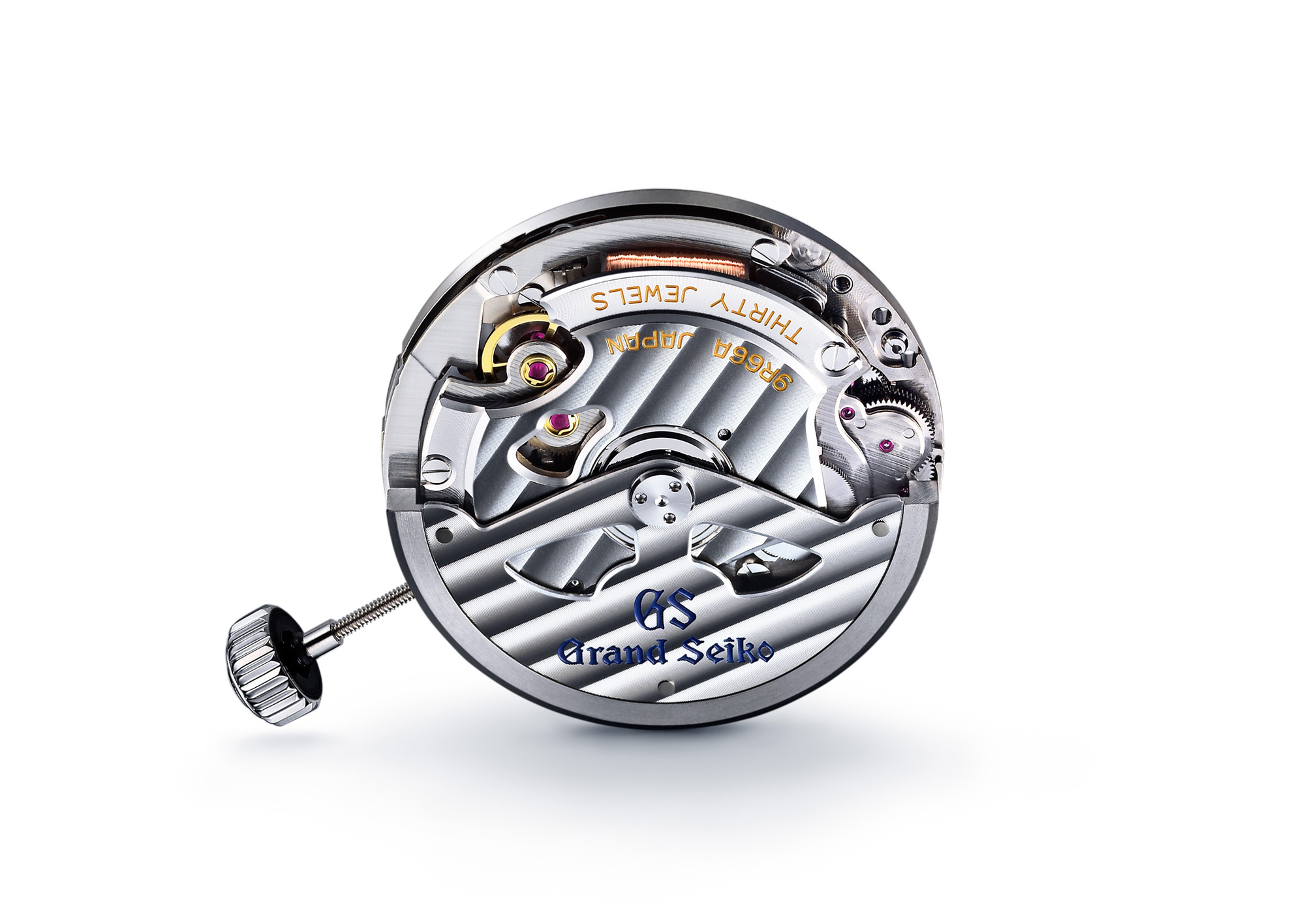
Spring Drive combines the best elements of watchmaking. While three-hand versions have over 200 components, versions with more functions, such as the Grand Seiko Spring Drive chronograph have well over 300, all of which are assembled by hand. The application of lubricating oils ensures the smooth interaction of all the components and there are no fewer than 80 lubrication points in the three-hand calibre and 140 in the chronograph. The oils are applied by hand and both time and great skill are required to ensure that the oils are applied with precision. Design plans are based on tolerances down to one-hundredth of a millimetre. The final adjustments and refinement of the components are completed by hand, because no machine can match the skills of our craftsmen and women – watchmakers whose superior craft gives rise to the extreme precision of Spring Drive.
THE ICONIC GLIDE MOTION
The unique signature of Spring Drive is the glide motion of its second hand. The hand does not move with either the one-second tick of a quartz watch nor the rapid beat of a mechanical watch, but rather in a silent and beautiful glide motion. In a Spring Drive movement, the equivalent of the balance in traditional mechanical watches operates in a single rotational direction rather than a back-and-forth motion, the second hand moves in a naturally smooth fashion. Only Spring Drive measures time with perfect glide motion.
BIGGER AND BOLDER WATCH HANDS
While quartz movements benefit from high precision, their lack of torque makes moving thicker watch hands impossible. In contrast, mechanical movements enjoy higher torque allowing for larger hands that reach right to the edge of the dial, but cannot match the level of precision of their quartz counterparts. Spring Drive combines the precision of a quartz watch with the torque of a mechanical watch, to make possible a watch with both the long hands and the high precision.
ACCURACY: +/-15 SECONDS A MONTH
While Spring Drive is powered by a mainspring, it delivers a remarkable level of accuracy, ±15 seconds a month which is equivalent to one second a day. With special and additional adjustment the precision of the Spring Drive movement can be further pushed to an average monthly rate of ±10 seconds, the equivalent of a daily rate of just half a second a day.
8-DAY POWER RESERVE
A Grand Seiko Spring Drive achieves not only a high level of precision, but also an exceptional standard of winding efficiency and extended power reserve. In order to realise the eight-day (192 hours) power reserve, the traditional one-barrel set-up was altered in favour of a design with three barrels sequentially arranged for expanded capacity. The calibre has also been designed throughout to maximise energy efficiency, reducing friction between parts that would otherwise lead to loss in the transmission of the energy derived from the mainspring.





